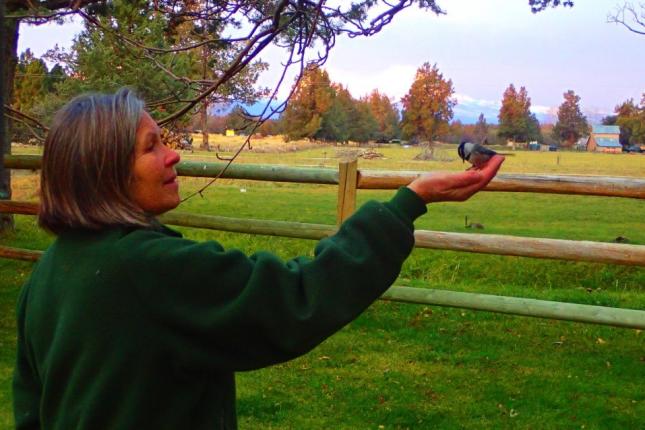
Cedar Waxwings
Farmers shot them. Researchers study them. I simply adore them.
Cedar Waxwings have a storied history. In the early 1900’s, farmers called them “cherry birds” as they inundated orchards and devoured crops. Operation eradication ensued. Fortunately, Cedar Waxwings had a flock of defenders in the wings--The American Ornithologists’ Union worked to educate the public on bird conservation—so we are able to enjoy the company of this beauty today.
On a recent October day a flock of a dozen Cedar Waxwings spied the bounty of berries on my Mountain Ash tree. They settled in and set about satisfying their hunger. With 80% of their diet coming from berries—wild or cultivated, it’s no wonder much has been written of their insatiable appetites. One of my favorite quotes is from Edward Forbush, famed 20th century ornithologist and birder. Cedar waxwings are “…such gluttonous birds that they sometimes become so surfeited as to be unable to fly, and have been known to fall helpless on the ground.” All spring they “loiter about with nothing on their minds and nothing to do but to eat and grow fat.”
With Thanksgiving upon us, who doesn’t love that sentiment?
Also, if you are curious as to the origin of their name—the cedar is a reference to their fondness for cedar berries (in our neck of the woods, Juniper) and the waxwing is a nod to the red tips on the secondary feather tips of mature birds. The function of these tips has been long debated, once believed to be a protection of wing tips, but now thought to play a role in mate attraction. You can learn more and see some great photos of these sweet little birds by clicking here.
May you enjoy your Thanksgiving with the all the gusto of a Cedar Waxwing—
Have a Bluebird Day,
Carol


